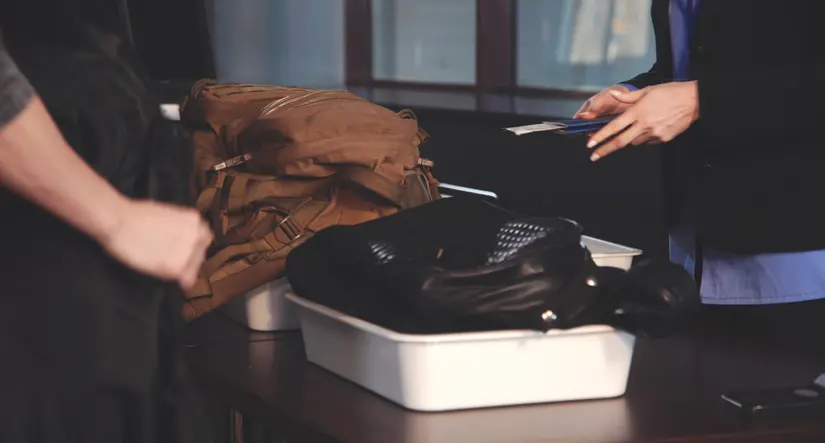The following was originally shared by Smiths Detection Managing Director Singapore, John Tan via LinkedIn.
Hollywood often provide us with a stark glimpse of cities under attack and threat from evil doers. Thankfully, those are merely fictional scenarios. But the rising number of attacks and fatalities caused by terrorism are sombre reminders of how it can happen to anyone, anywhere if we don’t stay vigilant. Since I started my journey with Smiths Detection four years ago, I’ve come to greatly appreciate the peace and under-rated mundanity in our everyday routines – because no news, is good news.
As we start the new year afresh, it is time to review current security protocols. Asia Pacific has been outperforming other regions in terms of international arrivals since 2005, according to a report by World Tourism Organization (UNWTO) and the Global Tourism Economy Research Centre (GTERC). Which means as the volume of visitors continue to grow, those in the hospitality industry will find themselves working extra shifts to deal with higher volume of traffic.
We need to keep in mind that extra security screening procedures or protocols are not there to cause inconvenience or deter the public from having a good time. Nor is it just a tick-in-the-box activity to fulfil regulatory requirements.
These are necessary measures to deal with potential real-world problems and to reduce risks to keep the community safe. In addition, these will help people feel protected against threats – even if it involves explosives, weapons or even narcotics.
With that in mind, at Smiths Detection we are constantly working with customers in the hospitality industry to ensure that the right security screening solutions are in place – minimizing any disruptions while boosting the protection for guests, employees and even security officers themselves:
- Establishing a routine security screening in hotels: By implementing a hotel security protocol, hotels can systematically screen high volume of guests and suitcases that constantly move in and out of hotels. This process does not have to be intrusive either – for example, a bellhop does not have to open the suitcase or flip items to check for dangerous goods. All he needs to do is to take the luggage to a security screening room and do a quick X-ray scan to unveil any hidden threats or dangerous goods.
- Leveraging inspection technology to screen large crowds – quickly and effectively: No matter how attentive they are, security officers will find it hard to find hidden threats in purses or bags with the naked eye. By equipping security officers with hand inspection solutions, screening large crowds can be made simple yet quick. If necessary, set up a temporary screening checkpoint for a more thorough check for any suspicious characters.
- Preventing illicit or harmful goods from entering via packages and deliveries: Some may try to bypass traditional security procedures to sneak in illicit or harmful goods via packages and deliveries instead. To cover all grounds, any incoming packages and deliveries should be screened with X-ray scanners with appropriate protocols aimed at intercepting threats.
- Equipping security officers with the necessary tools and training to safeguards themselves as well as guests: Security officers need to undergo training and take extra precaution when dealing with unidentified and potentially dangerous illicit substances. For instance, they should never make direct contact with the substance or open the packet to avoid unnecessary exposure. By using compact and lightweight handheld chemical identifiers, they can screen unidentified substances safely.
With thousands of guests, suitcases, packages and deliveries moving in and out of hospitality venues every day, it can seem like a monumental task keeping everyone safe. But with proper internal processes and policies, and the right tools and technology the hospitality industry can help keep safeguard their guests, staff, and property from harm.

